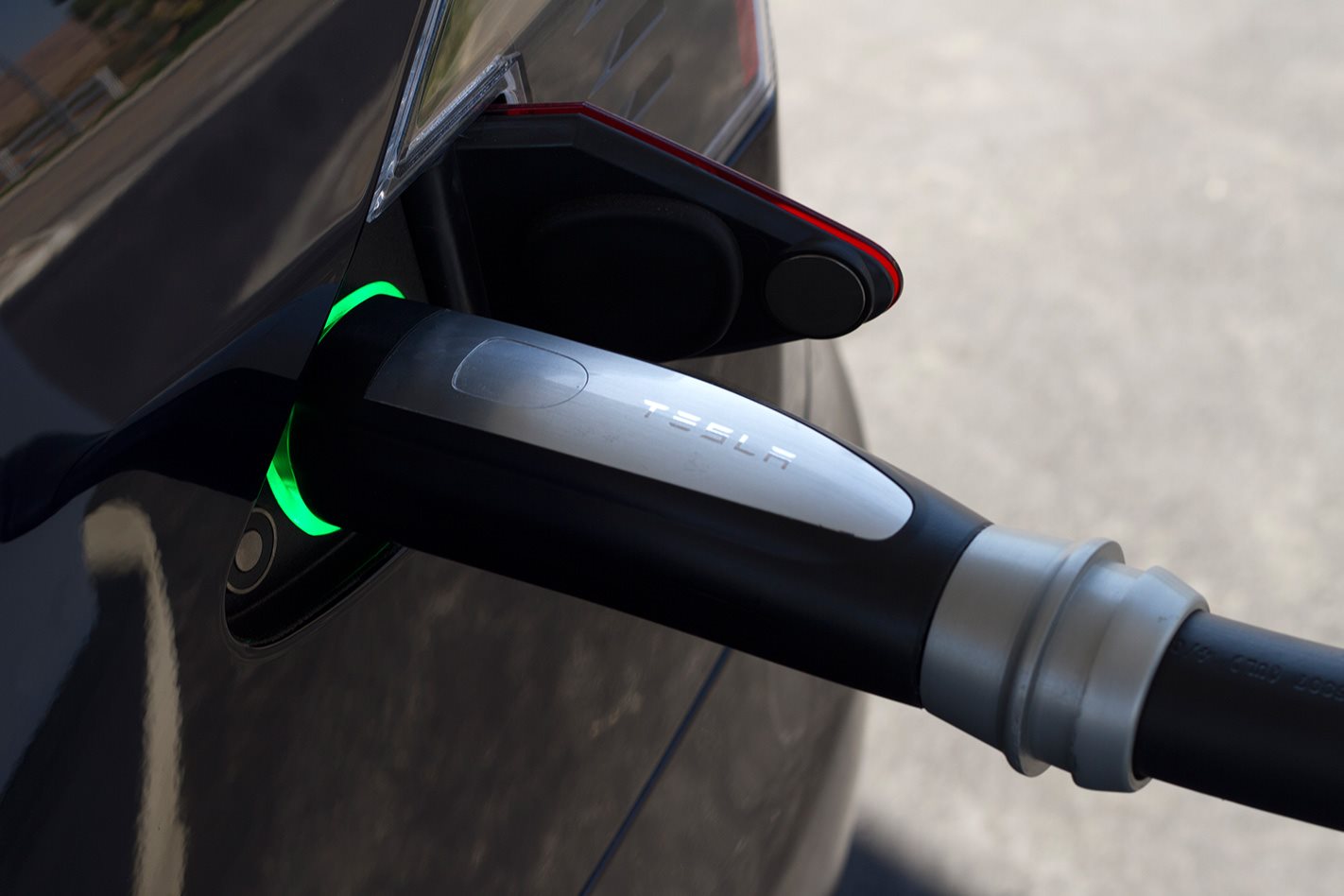
Snapshot
- All Tesla models to gain bidirectional charging within next two years
- Musk criticises tech as u201cinconvenientu201d when without a dedicated battery
- Utilises the EV battery to power homes and stabilise the grid
Tesla has confirmed all its electric vehicle models will support bidirectional charging functionality by 2025, after staying silent for years.
During its Investor Day event on Thursday, Tesla’s senior vice president in powertrain and energy engineering, Drew Baglino, remained coy while addressing the question of an audience member.
“Bidirectional… it wasn’t like a conscious decision to not do it; it just wasn’t a priority at the time [previously],” Baglino said.
“We’ve found ways to bring bidirectionality while actually reducing the cost of power electronics in the vehicle. And at all things Tesla, the goal is usually to get more for less.
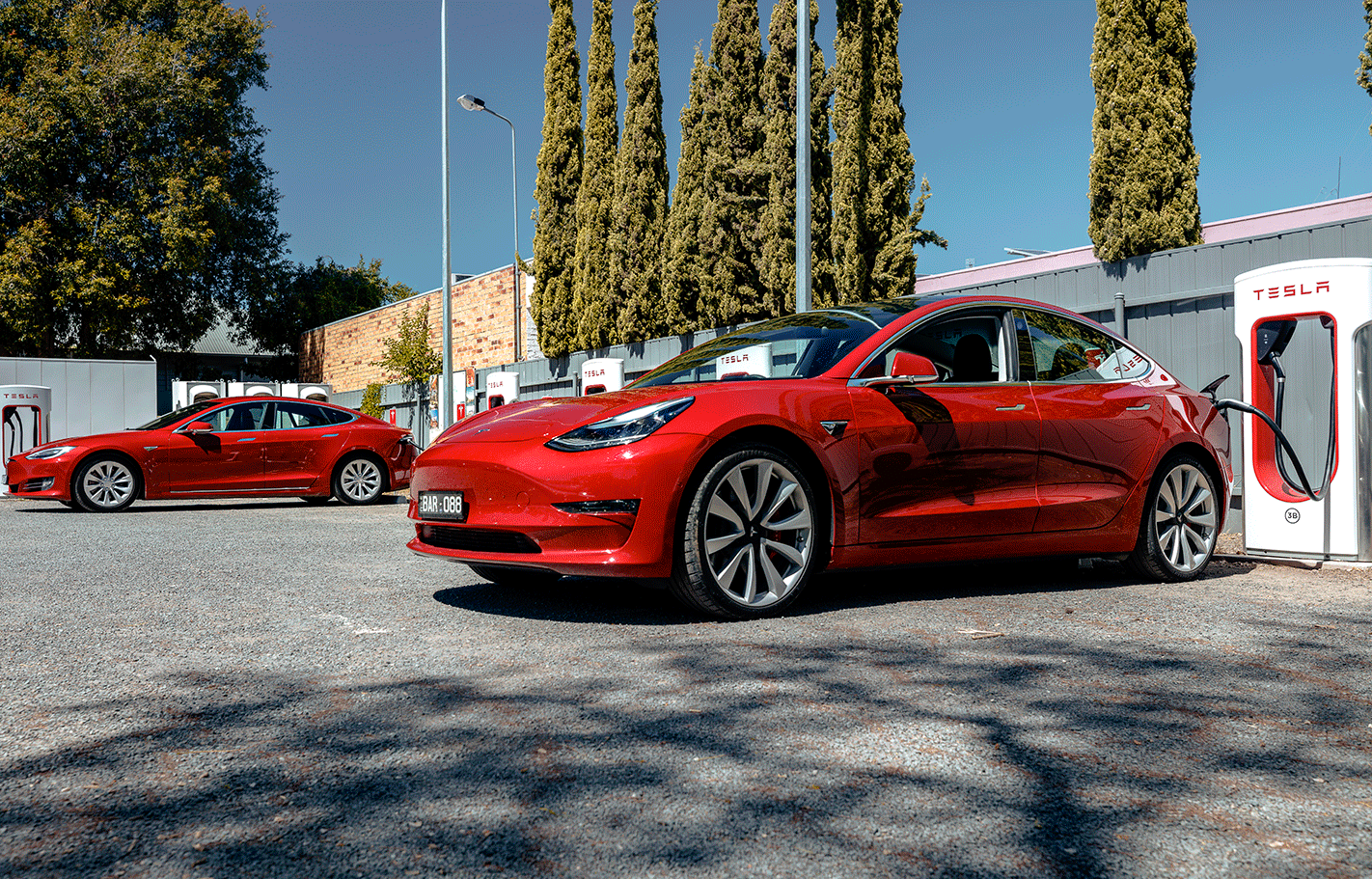
“And so, we are in the middle of a kind of power electronics retool I would say that would bring that functionality to all of our vehicles over the next two years.
“Most of the value comes in charging the car at the right time. It’s not really about sending the energy the other way [to the home].”
Bidirectional charging has been mooted as the ‘future for EVs’ to unlock their stationary energy potential and allow homeowners to go off-grid.
However, Tesla CEO Elon Musk criticised the technology as flawed, unless owners also have a dedicated battery storage pack as the main electricity source, such as Tesla’s own Powerwall product.
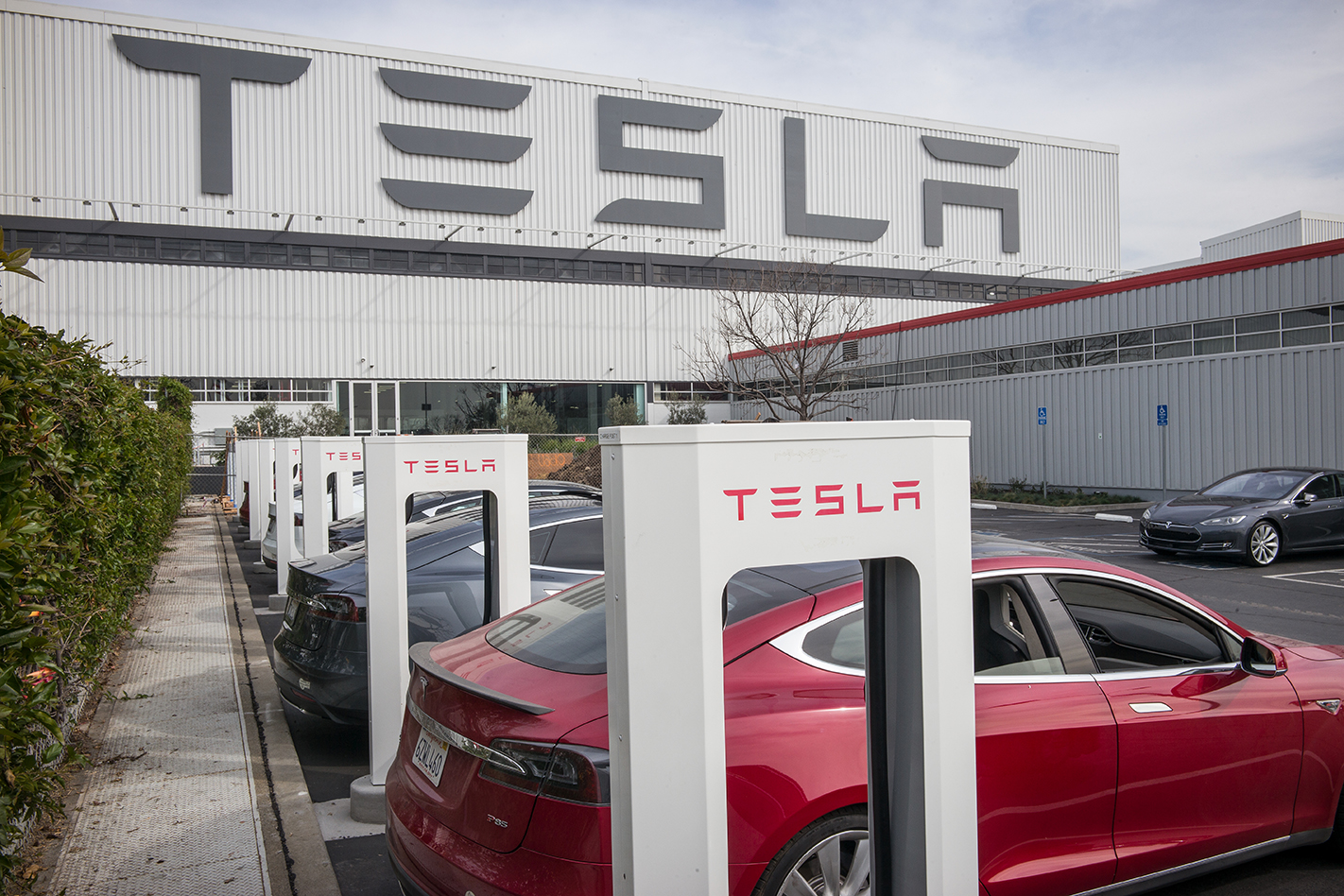
“I don’t think very many people are going to use bidirectional charging, unless you have a Powerwall,” Musk said.
“Because, if you unplug your car, your house goes dark and this is extremely inconvenient.
“I think there’s some value there as a supplemental energy source down the road, where, if you have a Powerwall, you don’t diminish the convenience of the people in the house.”
Tesla’s event, which outlined its third-part ‘Master Plan’, also teased a larger AC wall connector on one presentation slide, which could hint at it gaining bidirectional functionality.

Bidirectional charging allows EVs to discharge their own battery to act as a home energy storage system and power households during peak electricity times or when there’s no solar generation (called vehicle-to-home).
It can even sell any excess energy back into the electricity grid (called vehicle-to-grid) to help stabilise it from high demand, then recharge the vehicle when there’s free solar energy during the day.
Trials are already underway in South Australia using the only three compatible models – the Nissan Leaf EV, Mitsubishi Eclipse Cross PHEV and Outlander PHEV – plus the Wallbox Quasar charging equipment which costs around $10,000.
The Volkswagen Group, Ford and Volvo Cars already support bidirectional functionality in their select EV models.
We recommend
-
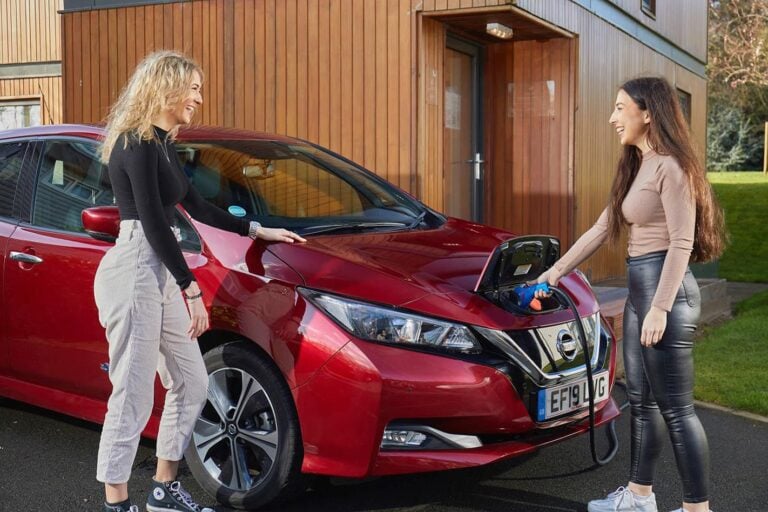 Advice
AdviceVehicle-to-grid technology explained
V2G allows an electric vehicle to return power to the grid and even run home appliances
-
 News
NewsMitsubishi adds vehicle-to-grid EV charging to Australian HQ
Mitsubishi has become the first automaker in Australia to adopt V2G bidirectional chargers at its Adelaide HQ using its PHEVs
-
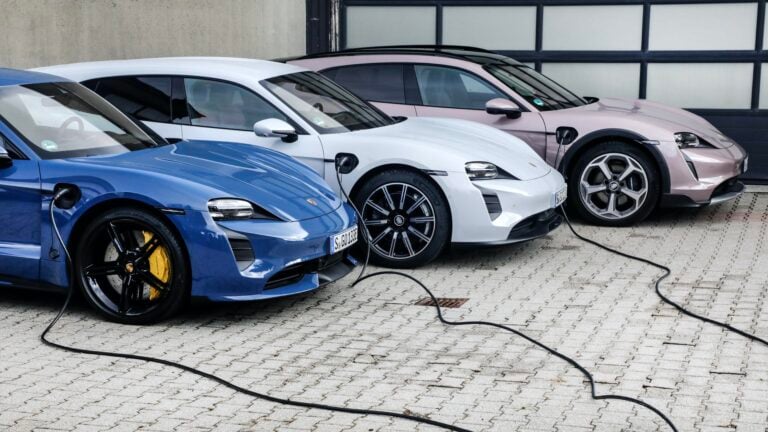 News
NewsHow Porsche is testing the Taycan's ability to power the grid
Until now, electricity for electromobility has mainly flowed in one direction – from the charging point to the vehicle




